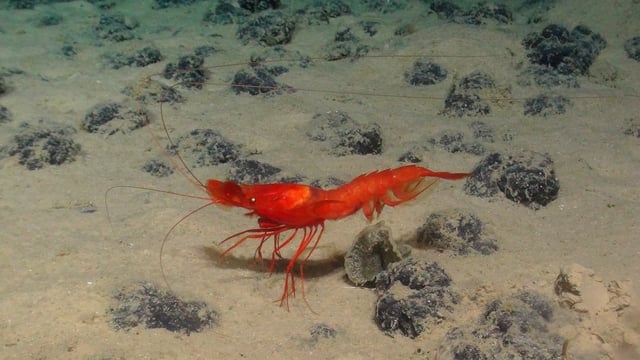Overview
- A study published in Nature reveals that seabed scars from a 1979 mining test in the Clarion-Clipperton Zone remain visible, with some areas showing little or no recovery after over 40 years.
- Scientists found that while smaller, mobile marine creatures have begun to recover, larger, fixed animals remain scarce, and full ecosystem recovery may be impossible due to the removal of polymetallic nodules.
- Delegates from 36 countries are meeting in Kingston, Jamaica, to finalize a mining code under the International Seabed Authority, but no consensus has been reached yet.
- Environmental groups and some governments are urging a moratorium on deep-sea mining, citing the new evidence of long-term ecological damage and risks to marine biodiversity.
- The Metals Company plans to submit the first formal mining application in June 2025, despite the lack of finalized regulations, increasing pressure on ISA deliberations.


